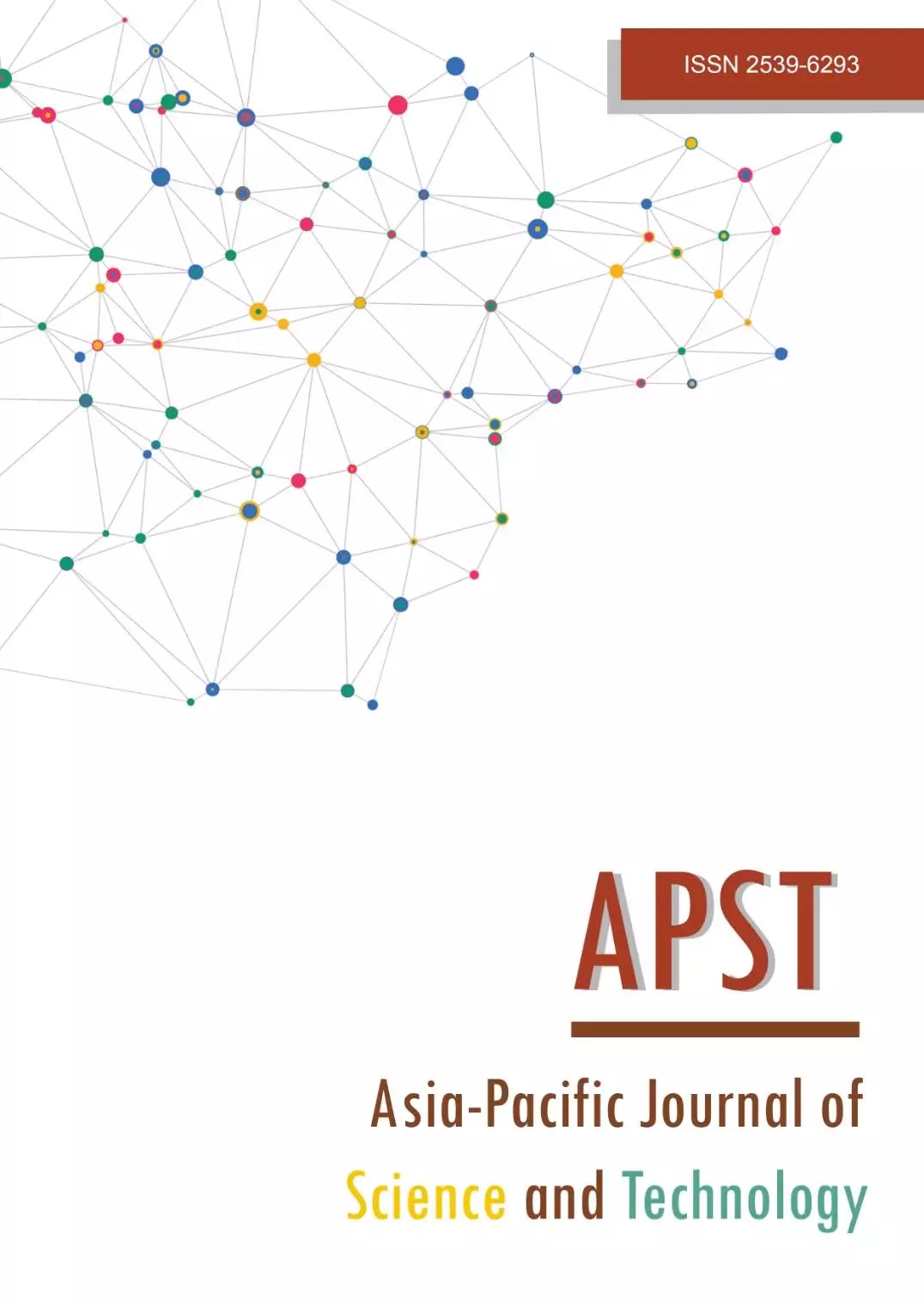Experimental study on alkali-activated concrete using waste iron chips as partial replacement to fine aggregates
Main Article Content
Abstract
Alkali-activated concrete is essentially cement-free concrete resulting from the reaction of source material rich in silica and alumina with an alkaline liquid. This is being studied extensively and is considered a promising green substitute for ordinary Portland cement. The present study examines the properties of alkali-activated concrete mixes with waste iron chips (an industrial waste) in terms of their strength and durability. It is observed that all the mixes with the waste iron chips showed better strength characteristics compared to the reference concrete mix. Among all the mixes tested herein, mix with 20% waste iron chips had better strength characteristics. When these mixes are subjected to acid attack, their mass and strength decreased slightly, and when subjected to sulphate attack, no significant changes in mass and strengths are observed.
Article Details

This work is licensed under a Creative Commons Attribution-NonCommercial-NoDerivatives 4.0 International License.
References
Ramujee K, Potharaju M. Performance characteristics of alkali-activated concrete in acid and sulphate environment. Indian Concr J. 2015;1-8.
Rangan BV, Pan Z, Sanjayan JG. Fracture properties of geopolymer paste and concrete. Mag Concr Res. 2011:63(10):10-15.
Deb PS, Sarker PK, Nath P. The effects of ground granulated blast-furnace slag blending with fly ash and activator content on the workability and strength properties of alkali-activated concrete cured at ambient temperature. Mater Des. 2014;62:32-39.
Jawahar JG, Lavanya D, Sashidhar C. Performance of fly ash and GGBS based alkali-activated concrete in acid environment. Int J Res Sci Innov. 2016;3(8):6-9.
Selvan MJD, Midhun P. Influence of GGBS in alkali activated slag and fly ash based geopolymer concrete. J Constr Build Mater Eng. 2017;3(2):2-3.
Islam AU, Alegaram J, Jumaat MZ. Engineering properties and carbon footprint of ground granulated blast furnace slag-palm oil fuel ash-based structural alkali-activated concrete. Constr Build Mater. 2015;101:503-510.
Khajuria C, Siddique R. Use of iron slag as partial replacement of sand to concrete. Int J Sci Eng Technol Res. 2014;3(6):1877-1880.
Alwaeli M, Nadziakiewicz J. Recycling of scale and steel chips waste as a partial replacement of sand in concrete. Constr Build Mater. 2012;28(1):157-163.
Ismail ZZ, Al-Hashmi EA. Reuse of waste iron as a partial replacement of sand in concrete. Waste Manag. 2008;28:2048-2053.
Bureau of Indian Standards [Internet]. New Delhi: The Department; 1986 [cited 2021 Dec 1]. IS 3812-1 (2003): Specification for pulverized fuel ash, part 1: for use as pozzolana in cement, cement mortar and concrete [CED 2: cement and concrete]. Available from: https://law.resource.org/pub/in/bis/S03/is.3812.1.2003.pdf.
Bureau of Indian Standards [Internet]. New Delhi: The Department; 1986 [cited 2021 Dec 1]. IS 12089 (1987): Specification for granulated slag for the manufacture of Portland slag cement [CED 2: cement and concrete]. Available from: https://law.resource.org/pub/in/bis/S03/is.12089.1987.pdf.
Bureau of Indian Standards [Internet]. New Delhi: The Department; 1986 [cited 2021 Dec 1]. IS 516 (1959): Method of tests for strength of concrete [CED 2: cement and concrete]. Available from: https://www.iitk.ac.in/ce/test/IS-codes/is.516.1959.pdf.
Bureau of Indian Standards [Internet]. New Delhi: The Department; 1986 [cited 2021 Dec 1]. IS 5816 (1999): Method of test splitting tensile strength of concrete [CED 2: cement and concrete]. Available from: https://www.iitk.ac.in/ce/test/IS-codes/is.5816.1999.pdf.
ASTM International [Internet]. Pennsylvania: The Organization; 1902 [cited 2021 Dec 1]. Standard test methods for apparent porosity, water absorption, apparent specific gravity, and bulk density of burned refractory brick and shapes by boiling water. Available from: https://www.astm.org/c0020-00r22.html.
Bureau of Indian Standards [Internet]. New Delhi: The Department; 1986 [cited 2021 Dec 1]. IS 9221: Method for the determination of modulus of elasticity and poisson's ratio of rock materials in uniaxial compression. Available from: https://www.iitk.ac.in/ce/test/IS-codes/is.5816.1999.pdf.
ASTM International [Internet]. Pennsylvania: The Organization; 1902 [cited 2021 Dec 1]. Standard test method for sulfuric acid resistance of polymer linings for flue gas desulfurization systems. Available from: https://www.astm.org/d6137-97r18.html.
ASTM International [Internet]. Pennsylvania: The Organization; 1902 [cited 2021 Dec 1]. Standard test method for length change of hydraulic-cement mortars exposed to a sulfate solution. Available from: https://www.astm.org/c1012_c1012m-18.html.
Wang A, Zheng Y, Zhang Z, Liu K, Li Y, Shi L, et al. The durability of alkali-activated materials in comparison with ordinary Portland cements and concretes: a review. Eng J. 2020;6(6):695-706.


